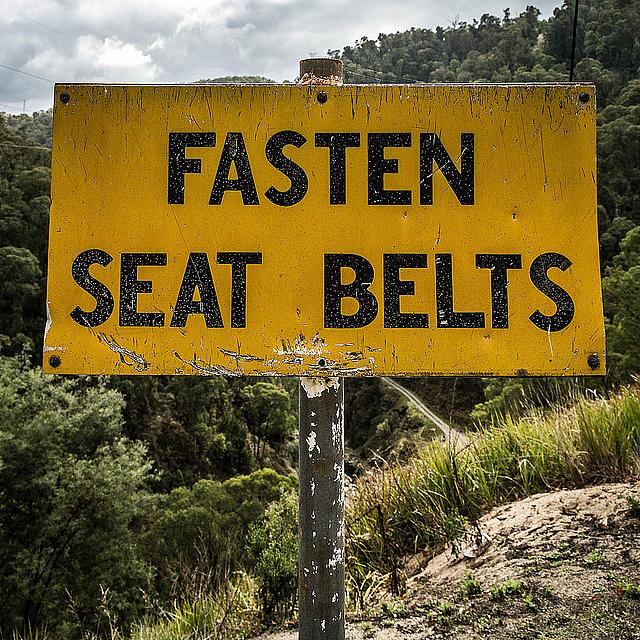¿Porque no usamos car seats?

You might think that every parent knows enough to make sure their child uses a car seat or is properly belted in whenever they drive somewhere.
No.
Motor-vehicle crashes were the leading cause of death for children 15 and younger in the United States last year. And in one third of those deaths, the children weren’t restrained, according to the most recent National Highway Traffic Safety Administration data.
One big reason: Not all groups use car seats and seat belts at the same rate. Overall, 90 percent of children under seven, and 98 percent of children under a year old, were properly restrained in a recent study by NHTSA researchers.
But the rate was far, far lower among Latino populations, and it appears to be lowest among Latino populations in the Southwestern border states from California to Texas. Spanish-speakers, in particular, were three times more likely that the rest of the population not to use car seats or to buckle in children regularly, according to a survey and analysis last fall by Safe Kids, a private-public partnership aimed at preventing childhood injuries.
In Arizona, in 2012, Hispanic children made up 36 percent of the state population under 15, but accounted for half the deaths and injuries in automobile accidents in that age group, according to state data.
For my fellowship, I propose to examine the reasons behind the disproportionately low use of child car-seats by Latino (and particularly Spanish-speaking) populations along the Southwestern border, and to explore ways to address that gap. The aim would be both to raise public awareness and to promote strategies that might encourage higher use of car seats among Latinos who may not be accustomed to using them, and better access to car seats among lower-income Latinos who may not easily be able to afford them.
“We see a disproportionately high number of Latino kids,” said Will Humble, director of Arizona’s Department of Health Services. “Child restraints are a problem in the Latino population. There’s a cultural belief that a baby is safest in her mother’s arms.”
“We’re trying to do outreach, but there’s a lot more that needs to be done,” he said. Through a cooperative agreement with the bordering Mexican state of Sonora, Safe Kids Arizona and the department run a highly successful program to collect used car seats for donation to families with newborns south of the border.
But no similar program exists to help Southern Arizona families.
Photo by Stephen Edmonds via Flickr.
